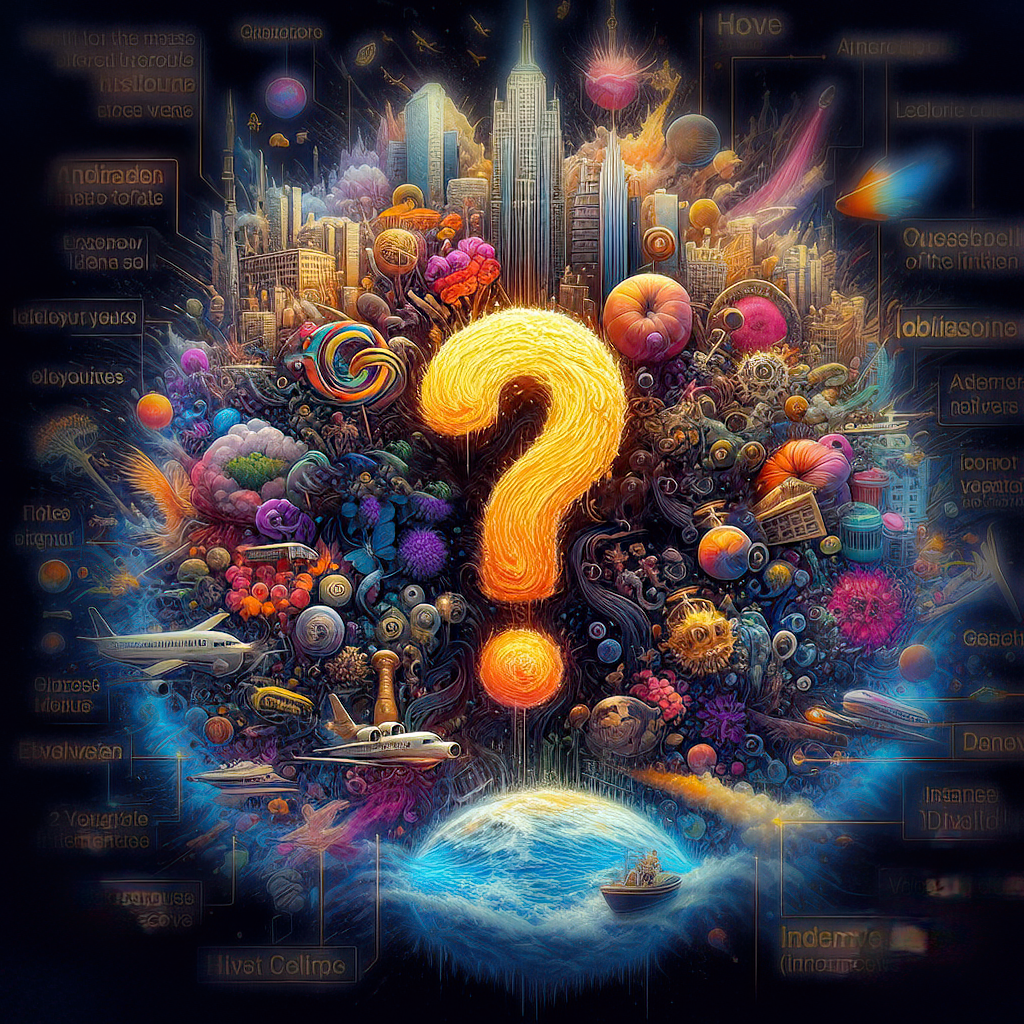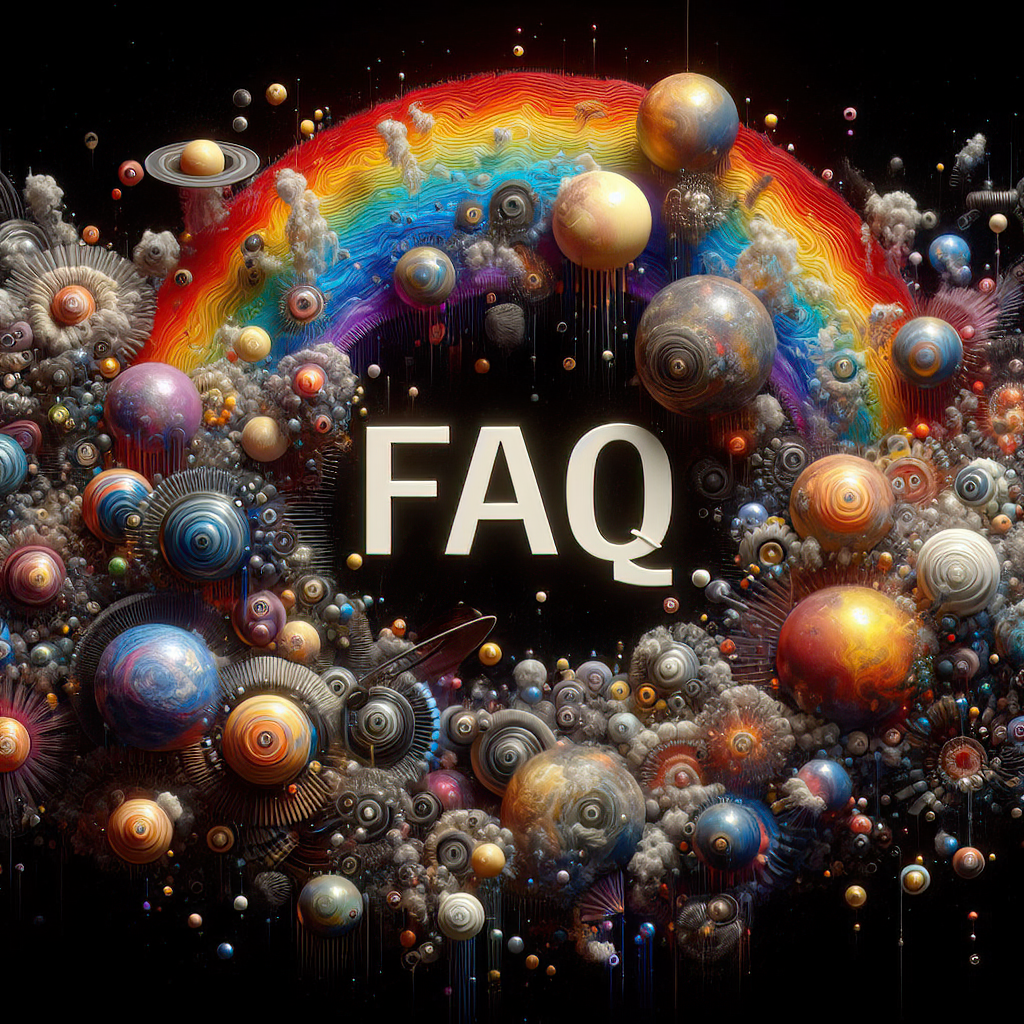
par Bill Tiepelman
Les mood boards ne sont pas réservés à Pinterest
Les mood boards ne sont pas réservés à Pinterest : visualisez votre monde Si vous pensez que « les mood boards sont destinés aux designers, pas aux écrivains », laissez-moi vous arrêter tout de suite. Les mood boards sont un outil puissant pour quiconque cherche à donner vie à une vision créative, y compris nous, les rédacteurs. Considérez-les comme un terrain de jeu visuel pour votre histoire, un moyen de définir vos personnages, vos décors et vos thèmes au-delà du mot écrit. Et voici la meilleure partie : créer un mood board est ridiculement amusant. C'est comme assembler les pièces d'un puzzle entièrement composé d'inspiration. Pourquoi les écrivains devraient utiliser des mood boards En tant qu'écrivains, nous vivons souvent dans nos têtes. Nous voyons nos personnages, nos décors et nos intrigues de manière vivante, mais il n'est pas toujours facile de traduire cela en mots. C'est là qu'interviennent les mood boards. Ils vous aident à extérioriser vos idées, en vous donnant un point de référence tangible qui donne à votre histoire un aspect réel. Imaginez que vous construisez un monde fantastique. Bien sûr, vous pouvez le décrire en détails, mais ne serait-il pas utile d'avoir un guide visuel, un mélange d'images qui capturent l'architecture, les paysages et l'ambiance de votre monde ? Ou peut-être que vous écrivez une romance contemporaine et que vous voulez trouver le ton juste. Un mood board rempli d'éclairage doux, de cafés chaleureux et de palettes de couleurs réconfortantes peut servir d'étoile polaire pour votre écriture. Étape 1 : Définissez votre objectif Avant de vous lancer, décidez sur quoi votre mood board se concentrera. S'agit-il d'un personnage spécifique ? D'un décor ? Du ton général de votre histoire ? Par exemple : Tableaux d'humeur de personnages : incluez des styles de mode, des expressions faciales, des coiffures et même des objets symboliques qui représentent votre personnage. Créer des tableaux d'ambiance : rassemblez des images de paysages, d'architecture, de conditions météorologiques et de décorations intérieures qui définissent les lieux de votre histoire. Tableaux de tons et de thèmes : utilisez des couleurs, de l’art abstrait et des textures pour transmettre le rythme émotionnel de votre histoire. Avoir un objectif clair vous évitera de tomber dans une « surcharge Pinterest », où vous enregistrez chaque image qui attire votre attention, mais vous vous retrouvez avec un fouillis chaotique de visuels sans rapport. Étape 2 : Rassemblez votre matériel La beauté des mood boards réside dans le fait qu'ils peuvent être physiques ou numériques. Choisissez ce qui vous convient le mieux : Tableaux d'humeur physiques : utilisez des magazines, des journaux, des photographies, des échantillons de tissu et même des objets trouvés. Épinglez-les sur un tableau en liège ou collez-les dans un carnet. Mood boards numériques : des plateformes comme Pinterest, Canva et Milanote facilitent la sélection et l'organisation de vos visuels. Il vous suffit de faire glisser et de déposer des images dans une mise en page cohérente. N'ayez pas peur de mélanger les supports ! Un mood board physique à côté d'un mood board numérique peut vous offrir le meilleur des deux mondes. Étape 3 : Organiser, ne pas collectionner Voici une erreur que j'ai commise plus de fois que je ne voudrais l'admettre : rassembler toutes les images vaguement intéressantes sans avoir une idée claire de la façon dont elles s'intègrent. Les mood boards fonctionnent mieux lorsqu'ils sont organisés. Chaque image doit servir un objectif, qu'il s'agisse de capturer un détail spécifique (comme la veste en cuir préférée de votre protagoniste) ou de donner le ton émotionnel (comme un paysage marin orageux pour une scène clé). Une bonne règle de base est de commencer par des idées larges, puis de les affiner. Commencez par rassembler beaucoup d’inspiration, mais à mesure que votre vision devient plus claire, éliminez les éléments superflus. Considérez cela comme la révision d’un premier jet : coupez impitoyablement jusqu’à ce qu’il ne reste que l’essentiel. Étape 4 : Organisez-vous pour avoir un impact La disposition de votre mood board est importante. Regroupez les éléments similaires pour créer un sentiment de cohésion. Par exemple : Personnages : regroupez toutes les références de personnages dans une seule section : visages, vêtements et traits de personnalité. Paramètres : Consacrez une autre section aux paysages, à l’architecture et aux objets clés. Ton : Utilisez des couleurs et des éléments abstraits pour lier le tout. Ce niveau d'organisation ne rend pas seulement votre mood board visuellement attrayant ; il le rend également plus facile à utiliser comme référence d'écriture. Étape 5 : Laissez votre mood board évoluer Votre histoire va changer au fur et à mesure que vous l'écrivez, et votre mood board doit évoluer avec elle. N'ayez pas peur de changer d'images ou d'en ajouter de nouvelles au fur et à mesure que votre vision devient plus claire. Un mood board est un document vivant, un reflet visuel de votre processus créatif. Comment les mood boards améliorent votre écriture Parlons de la magie qui se produit lorsque vous utilisez un mood board de manière efficace. Pour moi, c'est comme avoir une aide-mémoire pour l'immersion. Vous ne savez pas comment décrire une pièce ? Jetez un œil à votre mood board et laissez les détails s'écouler. Vous ne savez pas comment votre protagoniste s'habillerait pour un rendez-vous ? Cette tenue que vous avez épinglée il y a trois semaines pourrait bien contenir la réponse. Les visuels deviennent des pierres de touche qui ancrent votre écriture et suscitent de nouvelles idées. Les mood boards sont également un excellent moyen de maintenir la cohérence. Si vous écrivez un roman tentaculaire avec plusieurs décors et personnages, il est facile de perdre la trace des détails. Un mood board permet de tout garder au même endroit, ce qui en fait votre ressource de référence pour rester fidèle à votre vision. Quand utiliser votre mood board Voici quelques façons d’intégrer votre mood board dans votre processus d’écriture : Pré-écriture : utilisez-la pour réfléchir et consolider le ton et la direction de votre histoire. Pendant l'écriture : référez-vous-y chaque fois que vous êtes bloqué ou que vous avez besoin d'un regain d'inspiration. Révisions : Vérifiez vos scènes terminées par rapport à votre mood board pour vous assurer qu'elles correspondent à votre vision originale. Les mood boards ne sont pas seulement un outil, ils sont un voyage Les mood boards sont bien plus qu'une simple collection de jolies images. Ils vous emmènent au cœur de votre histoire, vous offrent l'occasion d'explorer ses nuances et de mettre en valeur ses détails. Et, soyons réalistes, ils sont tout simplement amusants à réaliser. Alors, prenez vos ciseaux, lancez Pinterest ou ouvrez un modèle Canva vierge. Votre histoire mérite un guide visuel et croyez-moi, une fois que vous aurez commencé, vous vous demanderez comment vous avez pu écrire sans un. Donnez vie à votre vision créative avec des visuels professionnels Créer un mood board n'est que le début de la visualisation de votre histoire. Et si vous pouviez prendre ces idées et les transformer en visuels de haute qualité qui capturent la véritable essence de vos personnages, décors et thèmes ? C'est là que nous intervenons ! Chez Unfocussed Photography and Imaging , nous nous spécialisons dans l'aide aux auteurs pour transformer leurs idées créatives en visuels professionnels époustouflants. Que vous prépariez du matériel promotionnel, créiez une couverture de livre immersive ou que vous ayez simplement besoin d'une référence visuelle claire pour votre histoire, nous sommes là pour vous. Conception de tableaux d'humeur personnalisés : travaillez avec notre équipe pour développer vos tableaux d'humeur en guides visuels cohérents qui inspirent votre écriture et votre narration. Illustrations de personnages et de décors : donnez vie à vos protagonistes, antagonistes et mondes avec des illustrations personnalisées et détaillées. Visualisation du concept de l’histoire : traduisez vos idées en images soignées qui reflètent le cœur de votre récit. Avec nos services créatifs, vous n'imaginez pas seulement votre histoire, vous la voyez. Vous êtes prêt à donner vie à vos idées ? Découvrez dès maintenant nos services créatifs et faites passer votre narration au niveau supérieur !







